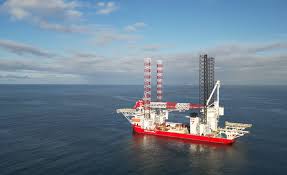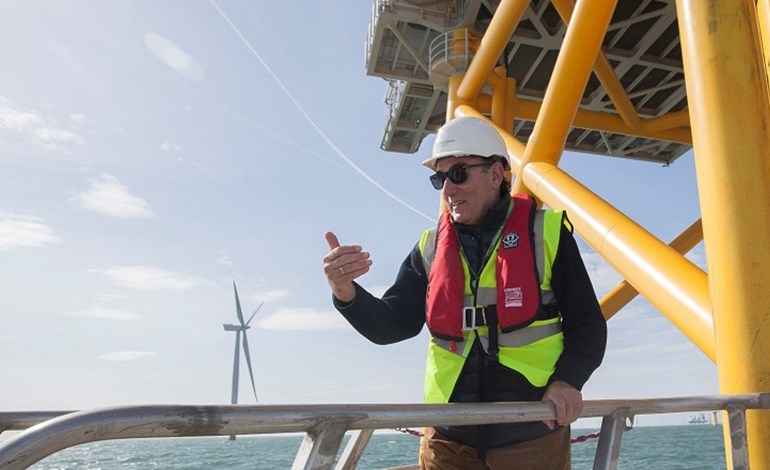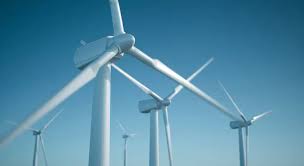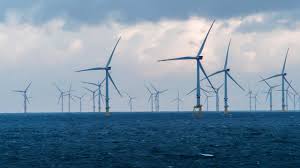National electricity demand experienced an increase of 1.9% in October compared to the same month of the previous year, once the effects of temperature and work are discounted. In gross terms, demand is estimated at 20,135 GWh, 1.5% more than in October 2023.
In the first ten months of 2024, Spain has recorded a cumulative demand of 205,703 GWh, 0.9% more than in the same period of 2023. Once the effects of working hours and temperatures are taken into account, demand grows by 1.5% compared to the same period of the previous year.
This October, renewables generated 12,079 GWh, 15.4% more than in the same month of 2023, and reached a share of 55.9% of the total, while 78.1% of the electrical energy was produced without emitting equivalent CO2.
The first source of production for the month was wind power, with a share of 26.3%, followed by nuclear power (21.3%), hydropower (13.8%) and solar photovoltaic, which accounted for 13.4% of the total. This month, the latter technology increased its production by just over 9% compared to October 2023. Hydropower generation also increased, specifically by just over double (which is explained by the increase in rainfall compared to the previous year).

Peninsular demand increases by 2%
At the peninsular level and once the effects of working hours and temperature have been taken into account, demand has been 2% higher than in October 2023. In gross terms, demand for this month was 18,812 GWh, 1.7% higher than in the same month of the previous year.
In the cumulative period from January to October of this year, peninsular demand has been 192,855 GWh, 1% higher than that registered in 2023. Once the effects of working hours and temperatures have been taken into account, peninsular demand has grown by 1.6% compared to the same period of the previous year.
The set of peninsular renewables generated 14.9% more this October than in October 2023, reaching 11,875 GWh with which it achieved a share of 58.1% of the total national production structure. For its part, emission-free technologies contributed 81.7% of the total.
The peninsular generation structure in October is also led by wind power, which has been responsible for 27.2% of the total, followed by nuclear power with 22.6% and hydropower with 14.5%.
The electricity system in the Balearic Islands and the Canary Islands
In the Balearic Islands, electricity demand in October was 3.7% higher than in the same month in 2023, once the effects of working hours and temperatures have been taken into account. Thus, gross demand is estimated at 508,417 MWh, 2.6% higher than in October of the previous year. From January to October 2024, gross demand in the Balearic Islands is estimated at 5,197,559 MWh, 0.3% less than in the same period in 2023.
In terms of generation, the combined cycle, with 67.1% of the energy produced in the Balearic Islands, was the main source of energy for the islands this month. For its part, renewable energy generated in the Balearic community represented 13.7% of the total. Renewable production in the Balearic Islands grew by 13.2% in October compared to the same month of the previous year.
In addition, during this month of October, the submarine link between the Peninsula and Mallorca contributed to covering 28.5% of the Balearic electricity demand.
For its part, in the Canary Islands, the demand for electricity fell by 2% compared to the same month in 2023, taking into account the effects of work and temperatures. In gross terms, the demand was 779,499 MWh, 3% less. In the first ten months of 2024, the Canarian demand is estimated at 7,318,855 MWh, 0.4% more than in the same period of 2023.
As for electricity generation in the Canary Islands, the combined cycle, with 47.4% of the total, was also the main source in August. Renewables accounted for 19.8% of production, generating 154,422 MWh, 73.6% more than in October 2023. For its part, wind energy’s contribution during this month was 15.6% of the total, with a growth of 109.9% compared to its production in October 2023.







